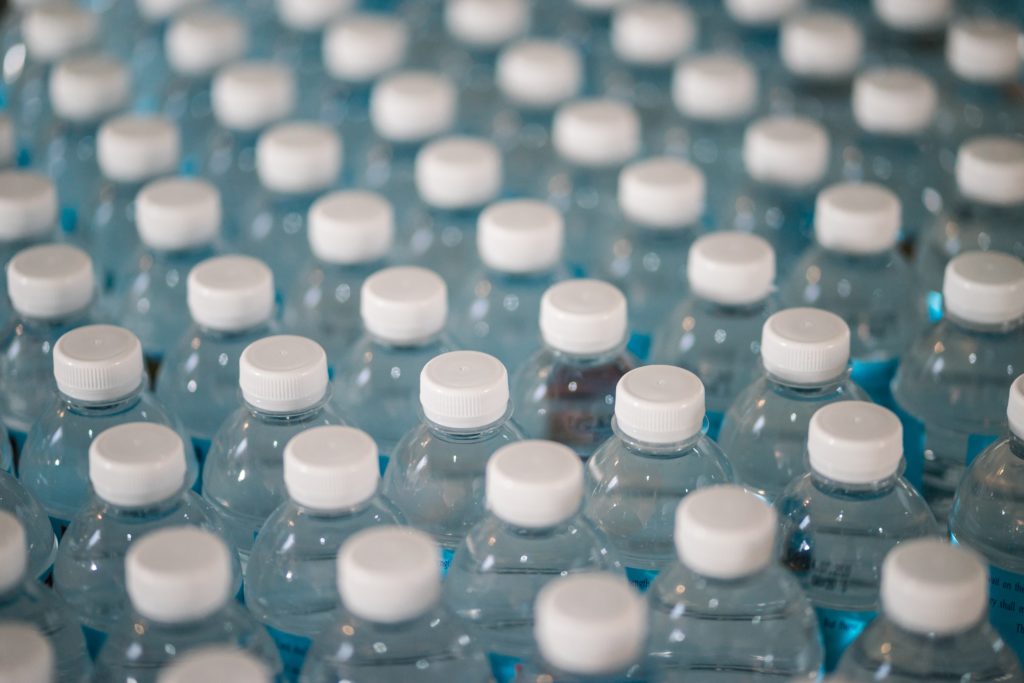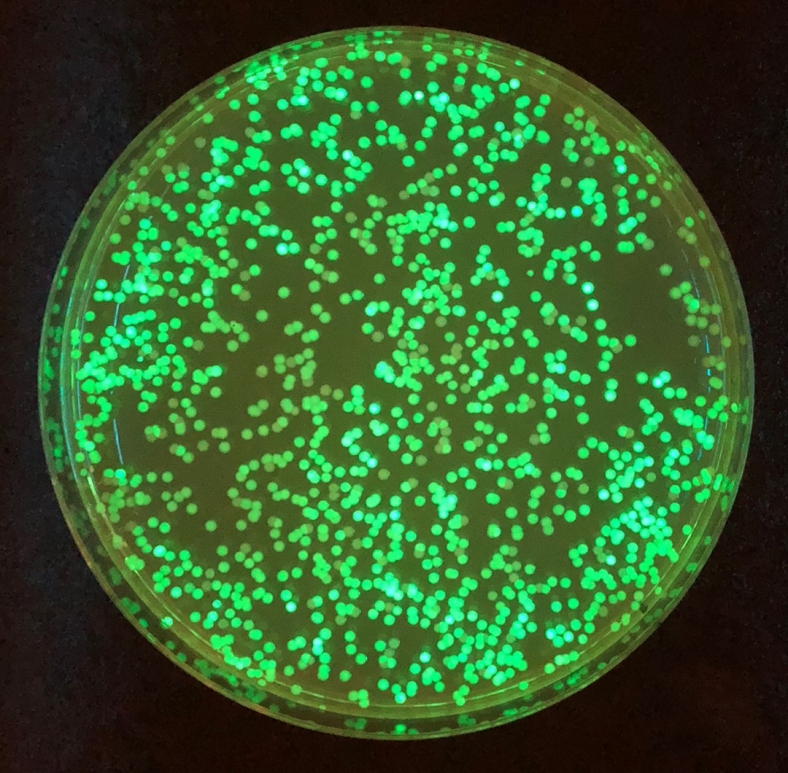
What do plastic bottles, clothing items, and packaging all have in common? They all contain terephthalic acid, or TPA, a commodity chemical and precursor to poly-ethylene terephthalate (PET), a petroleum-based polymer that is used in all of these products.
Despite being recyclable, most items that contain PET end up in landfills or leak into the environment. Traditional PET recycling approaches are only able to break PET down into products that aren’t as valuable, as key properties are lost during each reprocessing cycle.
As a result, there’s a lot of interest in researching how plastic waste can be broken down into the individual molecules it’s made of — such as TPA — so that these molecules can be converted into new products. There is also interest in sustainably biomanufacturing TPA so products like plastic bottles can be made without petroleum.
However, only a few bacteria have been studied for their ability to utilize TPA. Another challenge is that TPA isn’t able to diffuse or be transported through the cell membrane, which is necessary for it to be taken up by the cell and further broken down. Transporter genes that can help TPA move through the cell membrane are required.
To address this need, researchers at the Agile BioFoundry and the University of Georgia engineered the soil bacterium Acinetobacter baylyi ADP1 to both transport and detect TPA.
“ADP1 has an incredible genetic system that is so atypical and unusual,” said Ellen Neidle, professor at the University of Georgia. “Over time, it became clear that this organism could be used for a variety of biotechnology applications.”
By combining technologies from each lab, the researchers were able to identify a transporter gene that could import TPA into the bacteria.
“Thanks to the genetic tools developed by Ellen’s lab, we were able to evolve ADP1 in the lab to uptake and grow on TPA. To our surprise, we found that the heterologous genes we had introduced to import TPA into the cell were not the ones responsible for this ability. Instead, ADP1 had evolved its own transporters to uptake this non-native substrate with higher efficiency,” said Isabel Pardo Mendoza, a postdoctoral researcher in the Agile BioFoundry at the time of this work. “This was an exciting discovery, not only because it gave us new tools to engineer the conversion of PET and TPA in different bacteria, but also because it was a nice example of how soil microorganisms can rapidly acquire the ability to utilize new compounds in nature.”
In addition, the researchers developed a fluorescent biosensor that confirmed the transport of TPA in the bacteria. The custom-designed biosensor detects intracellular TPA and activates a fluorescent reporter gene, allowing scientists to quickly identify successful bioproduction of TPA as well as successful degradation of PET into TPA.

“This project is the perfect example of how a collaborative effort utilizing capabilities from national labs and academia can achieve more impactful results,” said Ramesh Jha, a researcher in the Agile BioFoundry and project lead for this partnership.
The researchers say this biosensor can also be used to find new biosynthetic pathways that produce TPA, or to find enzymes that break down PET plastic.
“Our ability to use biosensors for this purpose presents a huge commercialization potential,” Jha said.
The biosensor technology won an R&D 100 Award in 2020, and the researchers have filed two patent applications for the inventions made through this collaboration.
Jha said this work lays the foundation for TPA to be degraded from plastic waste and/or synthesized from renewable feedstocks to increase growth of the bioeconomy.
“For example, millions of tons of plastic bottles are disposed of every year,” he said. “This work allows us to envision a future where plastic waste could be biologically recycled or upcycled into new products using microbial biocatalysts.”
For Neidle, the project also allowed her to envision a new future.
“I’ve always felt that some of what we were doing had applications, but I never really thought that I would be involved in actually doing something that had real world value,” she said. “This project has given me a glimpse into the interface of fundamental and applied research. It has led me to see how a concerted effort funded at the national level can take these ideas and possibilities and turn them into reality.”
In addition, Neidle said the connections she has made with Agile BioFoundry scientists has expanded the scope of her research.
“The exciting thing about this funding opportunity and interacting with the Agile BioFoundry is getting to know these scientists and being able to collaborate with them on work that is beneficial both to them and to me,” she said. “I wouldn’t be able to develop a bioproduct on my own, but what I can do is talk to other scientists who have the skills and resources necessary to do this work that has both scientific merit and biotechnology applications.”